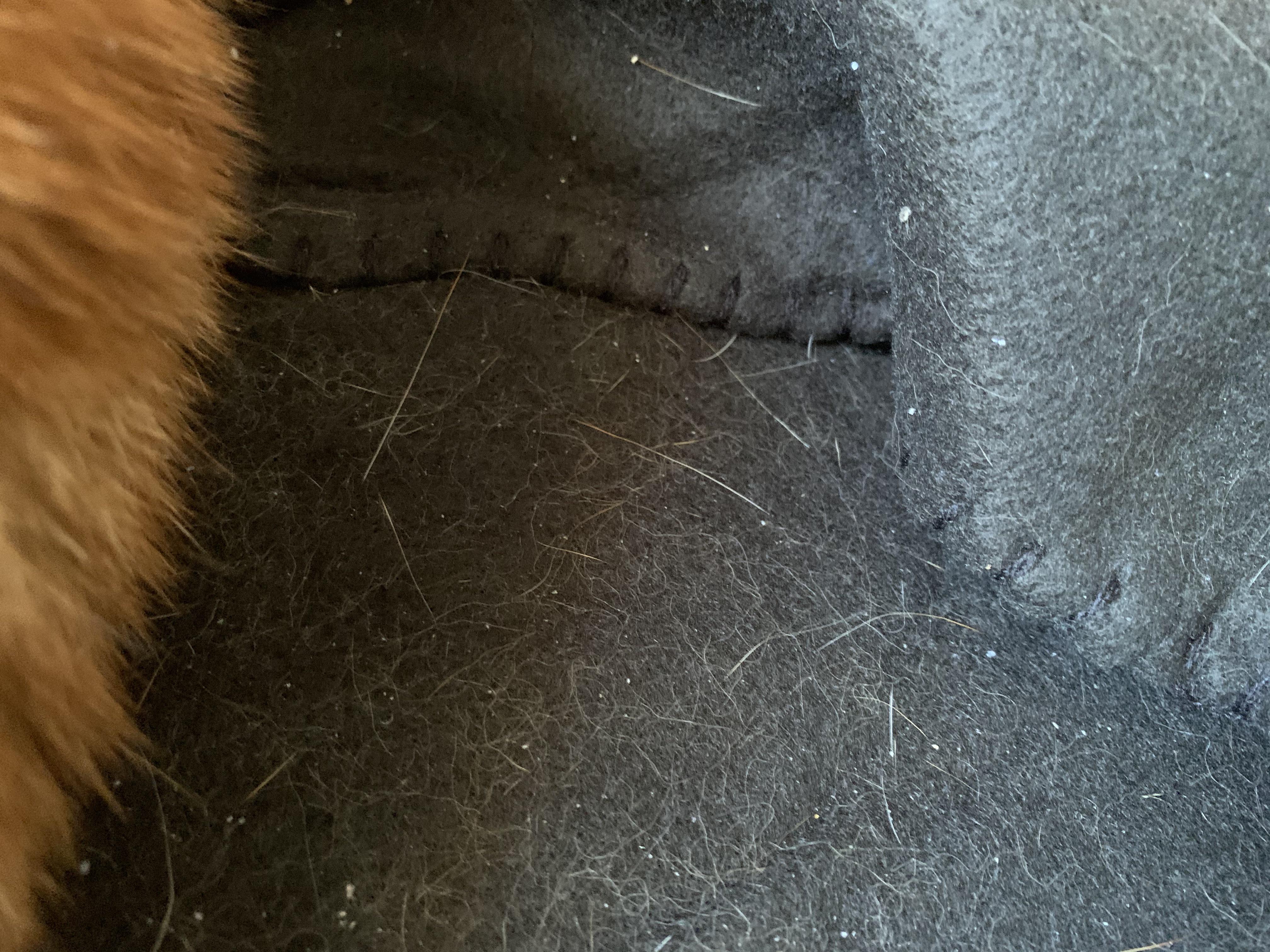

Articles
What Do Flea Eggs Look Like On Furniture
Modified: May 6, 2024
Learn how to identify flea eggs on furniture and prevent infestations. Discover what flea eggs look like and take necessary steps to protect your furniture.
(Many of the links in this article redirect to a specific reviewed product. Your purchase of these products through affiliate links helps to generate commission for Storables.com, at no extra cost. Learn more)
Introduction
Welcome to our comprehensive guide on flea eggs and their presence on furniture. Fleas are tiny parasitic insects that can be a nuisance, especially when they infest our homes and furniture. These pesky creatures reproduce rapidly, and one of the early stages of their life cycle is the production of eggs. Understanding what flea eggs look like and how to identify them on furniture can help you take the necessary measures to eliminate these pests and prevent further infestations.
Flea eggs are minuscule and often go unnoticed. They are laid by adult fleas and can be found in various places, including on your furniture. The eggs are a key component of the flea life cycle and play a crucial role in the continuation of these insects. By learning how to identify flea eggs on furniture, you can take proactive steps to eliminate them and prevent further infestations.
In this article, we will explore the characteristics of flea eggs on furniture, how to identify them, and provide tips on preventing and treating flea infestations on your beloved furniture. So, let’s dive right in!
Key Takeaways:
- Don’t overlook tiny white specks on furniture – they could be flea eggs. Regularly inspect and clean furniture to prevent infestations and protect your home from these pesky parasites.
- Take proactive measures to eliminate flea eggs from furniture. Vacuum, steam clean, and consult professionals if needed to safeguard your living space from flea infestations.
Read more: What Do Pantry Moths Eggs Look Like
Understanding Flea Eggs
Before we delve into identifying flea eggs on furniture, it’s essential to understand what flea eggs are and how they are formed. Flea eggs are the first stage of the flea life cycle. Female fleas lay eggs after feeding on the blood of animals, such as cats, dogs, or even humans. These eggs are usually laid on the host animal but can also be found in other areas where the fleas reside, such as furniture, carpets, or bedding.
Flea eggs are incredibly tiny, measuring about 0.5mm in size. They are oval-shaped and have a pearly white or off-white color. Because of their small size and pale color, they often blend in with their surroundings, making them difficult to notice. The difficult part about flea eggs is that they are not firmly attached to the surface where they are laid. They can easily fall off the host or furniture and scatter around the area, making it challenging to locate and eliminate them.
Once laid, flea eggs typically take about 2-12 days to hatch, depending on the environmental conditions. The eggs develop into larvae, which eventually transform into pupae and then emerge as adult fleas. This life cycle can take anywhere from a few weeks to several months, depending on factors such as temperature, humidity, and the availability of a suitable host.
Understanding the life cycle of fleas is crucial in combating infestations. By targeting flea eggs, you can disrupt their life cycle and prevent the population from growing further. Now that we have a basic understanding of flea eggs, let’s move on to identifying them on furniture.
Identifying Flea Eggs on Furniture
Identifying flea eggs on furniture can be a bit challenging due to their small size and pale color. However, with a keen eye and proper observation, you can spot these tiny eggs to take appropriate action. Here are some key characteristics to look for when trying to identify flea eggs on furniture:
- Size: Flea eggs are incredibly small, measuring only about 0.5mm in size. They are similar in size to a grain of sand or a small speck of dirt. If you notice something that resembles tiny grains of salt or pepper on your furniture’s surface, there is a possibility that it could be flea eggs.
- Color: Flea eggs have a pearly white or off-white color. They often have a translucent appearance and can blend in with the surrounding furniture material. Look closely for any tiny white specks that are irregularly shaped.
- Location: Flea eggs can be found on various parts of the furniture, including upholstery, cushions, crevices, and bedding. Check areas where pets or infested animals frequently spend time and where flea activity has been observed. Pay close attention to areas that are warm and protected, as fleas prefer these environments for egg-laying.
- Texture: Flea eggs have a smooth, glossy surface. They may appear slightly sticky or moist when fresh but can dry out and become more brittle over time. You may need to use a magnifying glass or flashlight to get a closer look and identify the texture accurately.
It’s essential to note that flea eggs are not firmly attached to the furniture’s surface. They can easily fall off or get dislodged with movement. This means that flea eggs can be found not only on visible surfaces but also in the cracks, crevices, and corners of furniture. Take your time to thoroughly inspect all areas of your furniture to ensure you don’t miss any potential hiding spots for flea eggs.
When identifying flea eggs on furniture, it’s important to differentiate them from other debris or small particles such as dust, lint, or pet dander. If you’re unsure whether what you’ve found is flea eggs, you can consult with a pest control professional or seek advice from a veterinary expert to confirm and guide you in the best course of action.
Now that we have covered the identification of flea eggs on furniture, let’s move on to understanding the characteristics of these eggs.
Characteristics of Flea Eggs on Furniture
Flea eggs, though tiny and often difficult to spot, have distinct characteristics that can help you identify them on furniture. Understanding these characteristics can assist you in differentiating flea eggs from other debris or particles commonly found on furniture surfaces. Here are some key characteristics of flea eggs:
- Size: Flea eggs are incredibly small, measuring about 0.5mm in size. They are similar in size to a grain of sand or a small speck of dirt. Their small size makes them inconspicuous and easily overlooked.
- Color: Flea eggs are typically pearly white or off-white in color. They have a translucent appearance, making it easier for them to blend in with the furniture material. Be on the lookout for tiny white specks on the furniture surface.
- Shape: Flea eggs are oval-shaped, resembling tiny, elongated grains of rice. They have a slightly curved surface rather than a perfectly round shape like other microscopic eggs.
- Texture: Fresh flea eggs may appear slightly sticky or moist due to a protective coating. However, as they age, they can become drier and more brittle. Their smooth texture can help differentiate them from other debris on furniture surfaces.
- Location: Flea eggs can be found on various parts of the furniture, including upholstery, cushions, bedding, and even in the cracks and crevices. They generally prefer warm and protected areas where they can thrive and hatch successfully.
- Presence in Clusters: Flea eggs are often laid in clusters rather than individually. If you spot a group of small white specks in one area of the furniture, it may indicate the presence of flea eggs.
It’s important to note that flea eggs can easily become dislodged and fall off furniture surfaces. They can scatter and be found in different areas, making their detection more challenging. Regular and thorough inspections of your furniture are necessary to identify flea eggs and take appropriate measures to eliminate them.
Remember, flea eggs are just one stage in the flea life cycle. If you identify flea eggs on your furniture, it’s crucial to address the issue promptly to prevent further infestations and the proliferation of adult fleas. In the next sections, we will discuss preventive measures and treatment options for flea eggs on furniture.
Inspect furniture regularly for small white specks, which could be flea eggs. Use a magnifying glass to confirm. Vacuum and steam clean to remove eggs and prevent infestation.
Preventing Flea Infestations on Furniture
Preventing flea infestations on furniture is key to maintaining a clean and pest-free home environment. By implementing a few preventive measures, you can significantly reduce the risk of flea eggs appearing on your furniture. Here are some effective strategies to prevent flea infestations on furniture:
- Maintain a Clean Living Space: Regularly vacuum and clean your furniture to remove any potential flea eggs or larvae. Pay special attention to areas where pets or infested animals frequent, such as pet beds, cushions, and upholstery. Dispose of the vacuum bag or empty the canister in a sealed plastic bag immediately to prevent fleas from returning to the environment. Washing removable furniture covers and bedding in hot water can also help kill any flea eggs present.
- Protect Your Pets: Keeping your pets protected from fleas is crucial in preventing infestations on furniture. Use flea prevention products, such as topical treatments or flea collars, as recommended by your veterinarian. Regularly groom and check your pets for any signs of fleas or flea dirt. Regular bathing and combing with a flea comb can help remove fleas and their eggs from your pets’ fur.
- Use Flea Repellents: Consider using natural flea repellents, such as diatomaceous earth or essential oils, to create a barrier around your furniture and deter fleas. These repellents can be sprinkled around the base of furniture legs or applied to upholstery (following manufacturer instructions) to discourage fleas from settling on your furniture.
- Keep Outdoor Fleas at Bay: Limit your pets’ exposure to outdoor areas where fleas may be present. Avoid letting them roam freely in areas with tall grass, brush, or known flea-infested areas. Regularly mow your lawn, trim vegetation, and remove any clutter that may attract fleas.
- Inspect Secondhand Furniture: If you’re bringing in secondhand furniture into your home, make sure to thoroughly inspect it for any signs of fleas or flea eggs. Check the upholstery, crevices, and gaps where fleas might hide. If you suspect an infestation, consider treating the furniture or seeking professional pest control assistance before bringing it into your living space.
- Consult with Pest Control Professionals: If you have recurring flea problems or a severe infestation, it’s advisable to consult with pest control professionals. They can provide expert advice, assess the situation, and offer effective methods to eliminate fleas from your home and furniture.
By following these preventive measures, you can create an inhospitable environment for fleas and minimize the risk of infestations on your furniture. However, if you do find flea eggs on your furniture, it’s important to take immediate action to eliminate them and prevent further infestations. In the next section, we will discuss methods for treating flea eggs on furniture.
Read more: What Do Bed Bug Eggs Look Like On A Mattress
Treating Flea Eggs on Furniture
If you discover flea eggs on your furniture, it’s crucial to take prompt action to eliminate them and prevent the emergence of adult fleas. Here are some effective methods for treating flea eggs on furniture:
- Vacuuming: Vacuuming is a great first step in eliminating flea eggs from furniture. Use a vacuum cleaner with strong suction power and focus on all areas where you suspect flea eggs may be present. Pay special attention to cracks, crevices, upholstery, and any other hiding spots. Be thorough and go over the furniture multiple times to ensure that you capture as many eggs as possible.
- Steam Cleaning: Steam cleaning is an effective method to kill fleas and their eggs on furniture. The high temperature of the steam helps to eliminate fleas at various stages of their life cycle. Ensure that your furniture is suitable for steam cleaning and follow the manufacturer’s instructions. It’s advisable to repeat this process periodically to prevent reinfestation.
- Washing Removable Covers: If your furniture has removable covers or cushion covers, remove them and wash them in hot water. Hot water helps to kill flea eggs and larvae effectively. Use a suitable laundry detergent and dry the covers thoroughly before reassembling them.
- Using Insecticides: Insecticides can be an effective solution for treating flea eggs on furniture, but caution must be exercised when using these products. Choose an insecticide specifically designed for fleas and strictly follow the instructions provided. Apply the insecticide to all the cracks, crevices, and surfaces of the furniture where flea eggs may be present. It’s advisable to cover or remove any exposed food, utensils, or items that may come into contact with the insecticide.
- Consulting with Pest Control Professionals: If you’re dealing with a severe infestation or if your efforts to eliminate flea eggs on furniture are not proving effective, it’s recommended to seek assistance from pest control professionals. They have the expertise and knowledge to assess the situation, determine the best course of action, and provide effective treatments to eliminate fleas and their eggs.
Remember, treating flea eggs on furniture is just part of the solution. It’s also essential to address the underlying cause of the infestation, such as treating your pets for fleas and implementing preventive measures to avoid future infestations.
Regularly inspect your furniture for signs of flea eggs or adult fleas, especially if you have pets or live in an area prone to flea infestations. By taking proactive steps and promptly treating flea eggs on furniture, you can safeguard your home from these pesky parasites and create a comfortable living environment for you and your family.
With these tips in mind, you are now well-equipped to identify, prevent, and treat flea eggs on furniture. By staying vigilant and implementing these measures, you can enjoy a flea-free, comfortable, and clean living space.
Conclusion
Flea eggs on furniture can go unnoticed, but with proper knowledge and understanding, you can identify them and take the necessary steps to eliminate them. In this comprehensive guide, we have explored the characteristics of flea eggs, discussed how to identify them on furniture, and provided valuable tips for preventing and treating flea infestations on your beloved furniture.
By regularly inspecting your furniture and being aware of the signs of flea eggs, you can catch a potential infestation in its early stages. Prompt action is essential to prevent the further development of flea eggs into adult fleas. Regular vacuuming, steam cleaning, and washing removable covers are effective methods for eliminating flea eggs on furniture.
Prevention is key when it comes to flea infestations on furniture. Maintaining a clean living space, protecting your pets from fleas, using natural repellents, and limiting outdoor exposure are all important measures to minimize the risk of flea eggs appearing on your furniture.
If you do find flea eggs on your furniture, don’t hesitate to take action. Vacuuming, steam cleaning, washing covers, and using appropriate insecticides can all help eliminate flea eggs and prevent further infestations. In severe cases or if your efforts are not proving effective, consulting with pest control professionals is advisable.
Remember, treating flea eggs on furniture is only one part of the solution. It’s important to address the underlying cause of the infestation, such as treating your pets for fleas and implementing preventive measures to avoid future infestations.
By following these guidelines and staying proactive, you can protect your furniture from flea eggs and enjoy a flea-free living space. Regularly monitor and maintain cleanliness in your home, keep your pets well-protected, and seek professional assistance when needed.
We hope that this article has provided you with valuable insights into understanding, identifying, and treating flea eggs on furniture. With these tips and knowledge, you can tackle flea infestations effectively and ensure a comfortable and pest-free environment for you and your loved ones.
Curious about more than just flea eggs? If pantry pests are bugging you, expert advice on pest control might just be what's needed to regain peace in the kitchen. On another note, anyone with an eye for style knows that leather furniture demands special attention. Learning proper furniture care ensures your luxurious pieces last and continue to add elegance to your home.
Frequently Asked Questions about What Do Flea Eggs Look Like On Furniture
Was this page helpful?
At Storables.com, we guarantee accurate and reliable information. Our content, validated by Expert Board Contributors, is crafted following stringent Editorial Policies. We're committed to providing you with well-researched, expert-backed insights for all your informational needs.





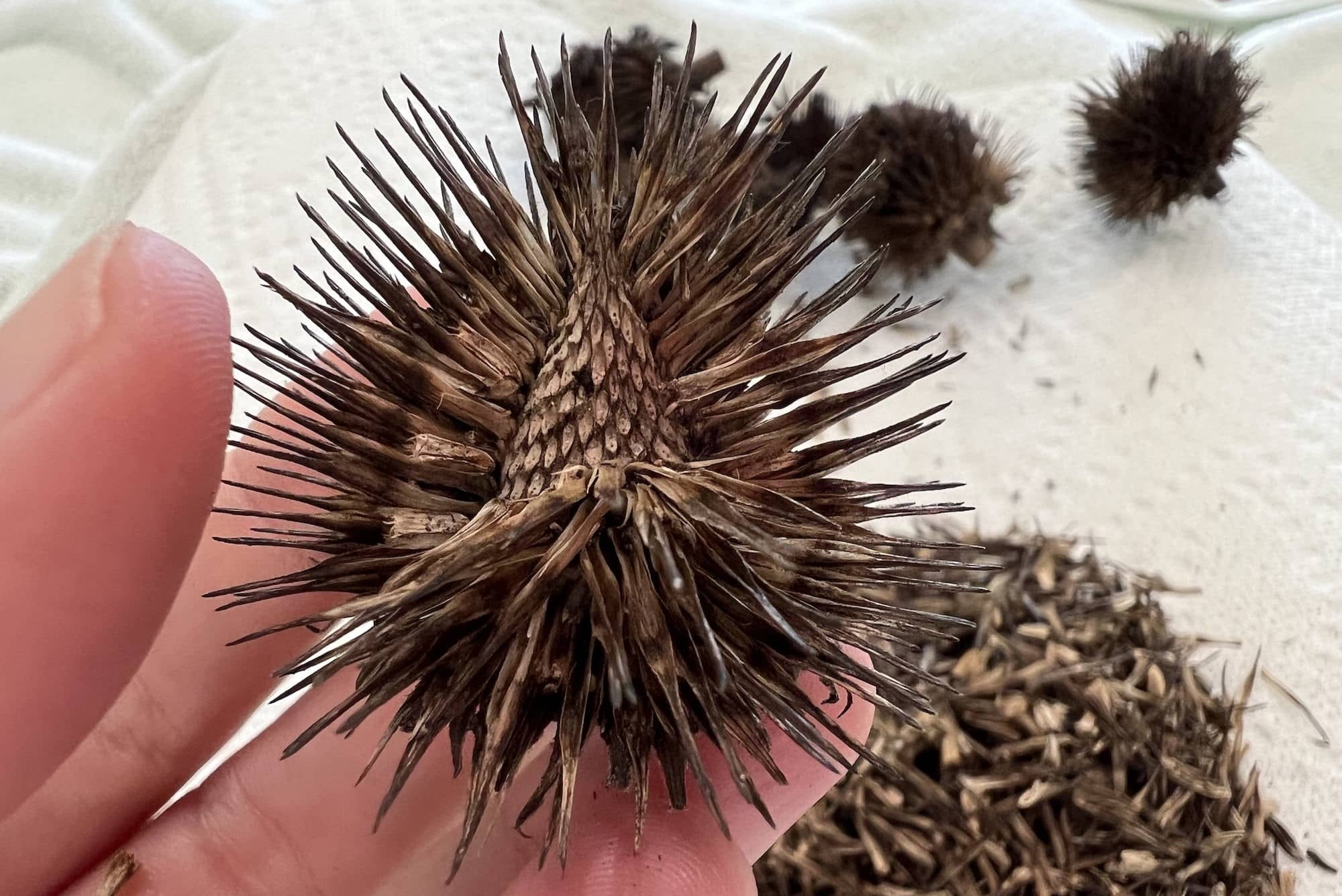

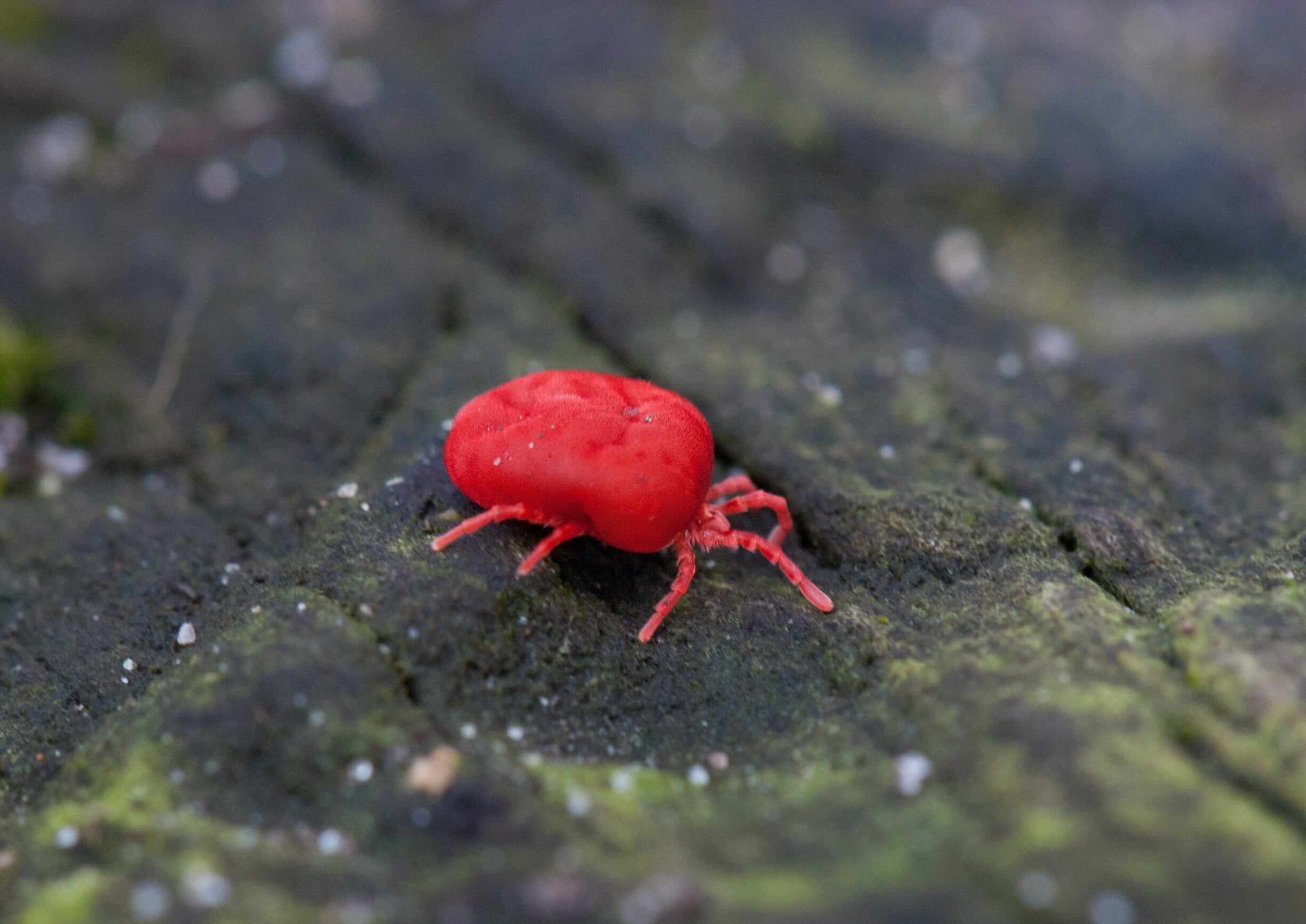



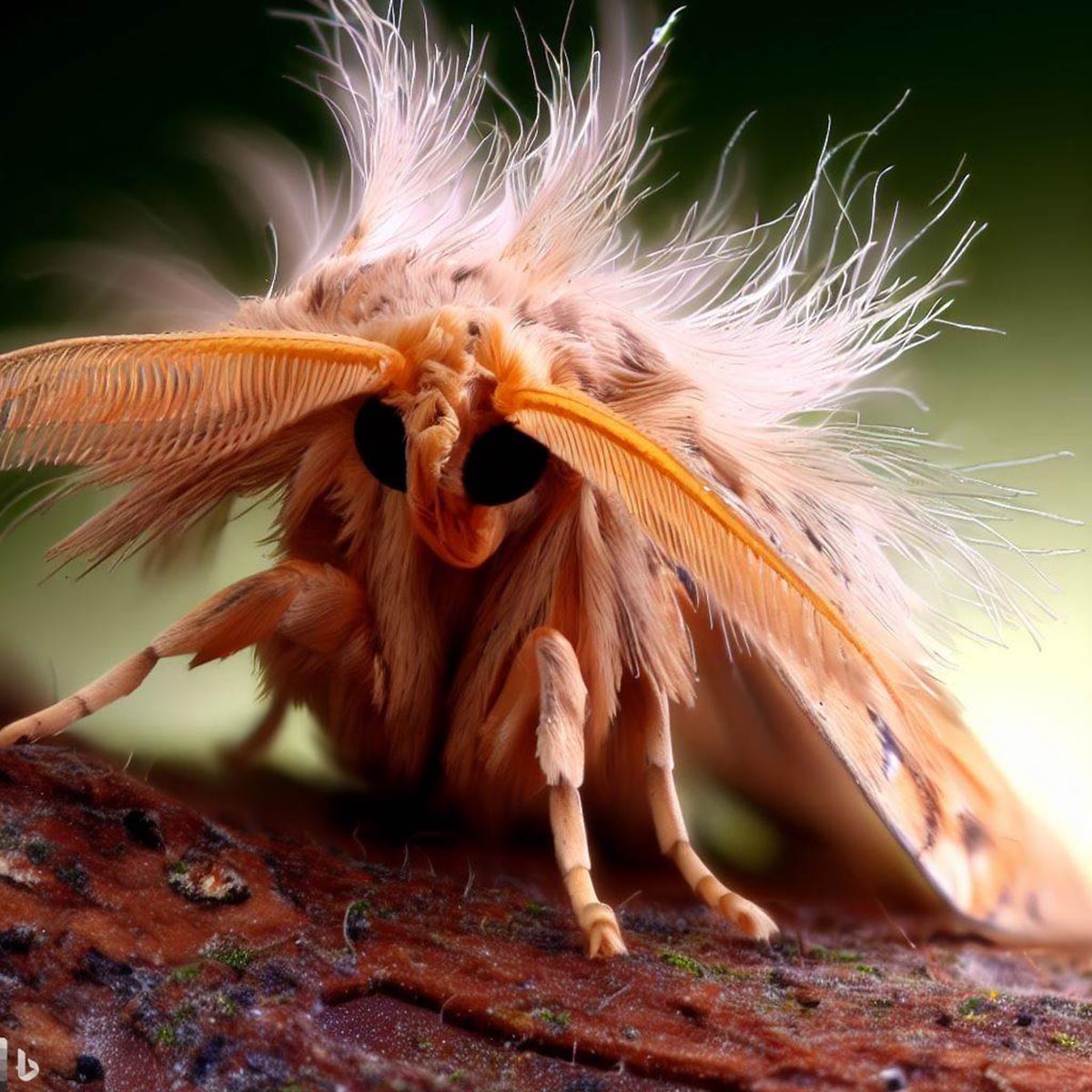

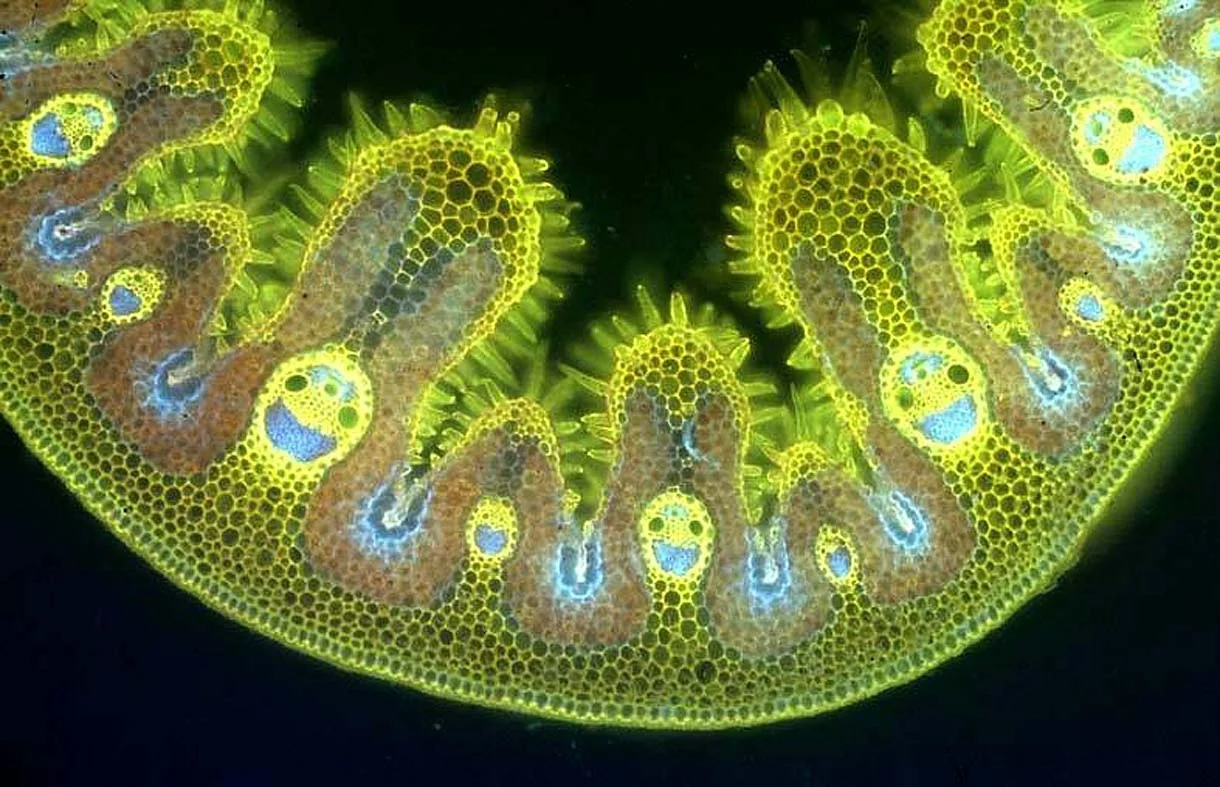

0 thoughts on “What Do Flea Eggs Look Like On Furniture”